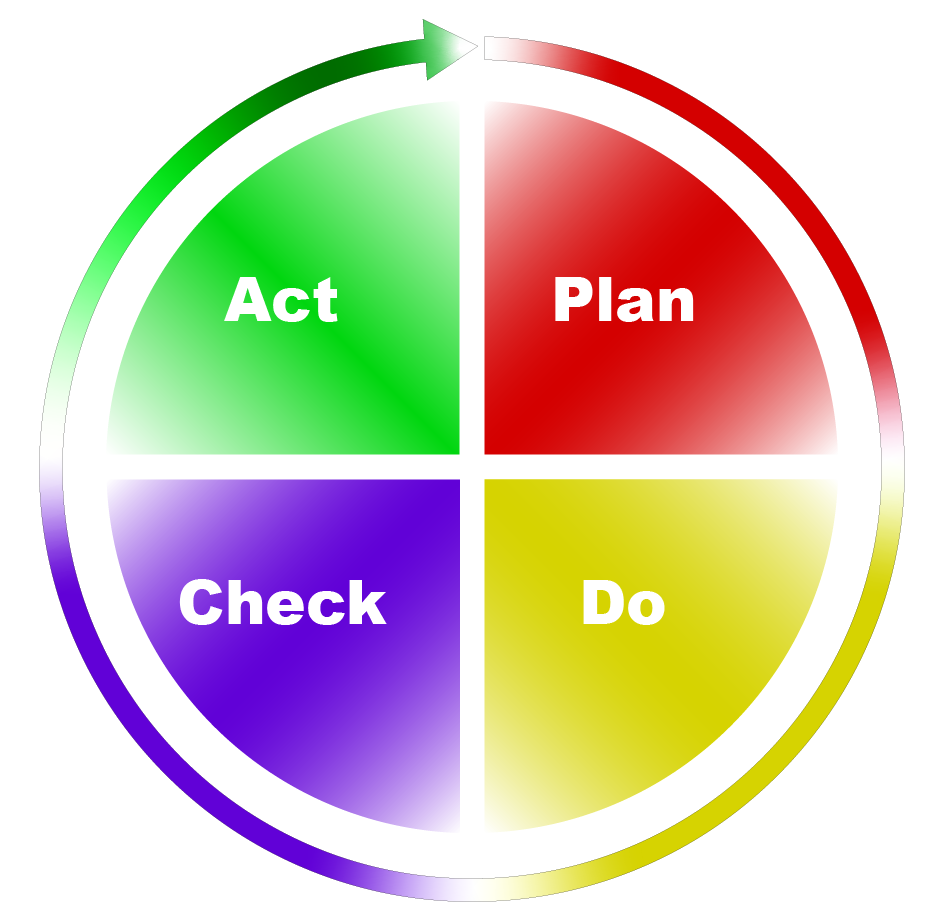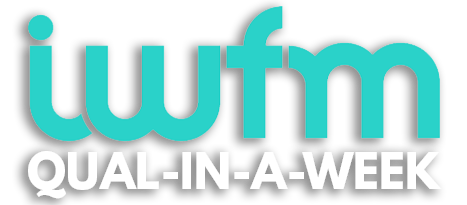Hi,
This week is our final week on the subject of Deming’s cycle of continuous improvement, and we’ll be giving the whole process some context by looking at an example of how the cycle can be used in facilities management.
But before we get started, a bit of news – our One-Minute-Leveller has had an overhaul! If you’ve used it before, you’ll know that the One-Minute-Leveller is a tool that you can use to establish which level of IWFM qualification is most appropriate for your level of experience.
If you’re considering studying for an FM qualification, either now or in the future, we’d highly recommend taking a look at the One-Minute-Leveller. As the name suggests, it only takes a minute but can be really useful in establishing which qualification is best for you.
If you haven’t used it before, then now would be a great time to have a closer look! If you have used it, why not go and have a look at the new format. Who knows, you may have moved up a level since the last time you checked.
So, let’s move on to today’s topic.
Deming’s Cycle – a facilities management example
We’ve seen how the Deming Cycle can work on a simple example, so now let’s apply it to a classic FM example.
Imagine you are the facilities manager responsible for hard services for several buildings within the property portfolio. Currently, the maintenance of the buildings is delivered in-house, but you have decided to try outsourcing the maintenance for one of the buildings.
You decide to use the Deming cycle for the process.

Stage 1 – PLAN
Planning requires you to identify some clear goals to start with. One example of a goal may include a time frame for the outsourcing exercise to be completed. Another may be to cut the cost of maintenance by outsourcing the service. You will then need to draw up the specification and the tender documents, and then research potential suppliers.
You will need to liaise with other stakeholders within your organisation. Human resources will be one example, as there will be TUPE implications. TUPE (Transfer of Undertakings, Protection of Employment) Regulations are beyond the scope of this series, but we will have a closer look at them in a future issue.
For now, it’s important to remember that although your in-house maintenance staff will be transferred across to the new supplier, their jobs are not secure, only the terms and conditions that they currently have.
This all needs to be discussed and approved by the Human Resources Department. Similarly, finance will need to be liaised with to ensure you have the funding available and the procurement team will need to be involved to ensure the tender process is followed accurately.
Finally, the contract will be awarded.
Stage 2 – DO
The second or doing stage will involve mobilization of the contract.
This stage requires comprehensive communication with the supplier, the client and the customer to ensure that everyone knows what is happening. Clear language that everyone understands should be used.
It is also at this stage that the tools used to measure the success of the new strategy should be set.
Stage 3 – CHECK
The next stage involves analysing the results of the monitoring. Customer feedback, analysis of key performance indicators, and benchmarking exercises should be considered to look at whether the goal initially set is being achieved and whether there are any gaps. Have you cut costs, for example? In other words, is the new strategy working?
Stage 4 – ACT
Finally, the Act stage involves drawing conclusions about the way forward. If the results show that the new strategy is working, you might look to expand it out across the rest of the portfolio.
If it is not working, you would look to see how it could be improved, perhaps liaising with the supplier to change the service where possible to expand the strategy or change the service.
You need to go through the whole cycle of Plan, Do, Check, Act again. This is the iterative nature of the Deming cycle.
That’s all for this week. This should have given some context to Deming’s Cycle and to use it in the context of facilities management. Next week, we’ll be moving on to a new topic.
One last thing to note – remember that the content of this series was adapted from a course on XenZone, the world’s only online training library designed exclusively for facilities managers.
If you’d like more training on the world of FM and you don’t want to wait for the steady flow of e-mails featured in this newsletter, why not give XenZone a try. You can sign up for a 7-day trial for free, with no credit card details required.
Have a great week!
Chris and the Xenon Team
P.S. If you haven’t already studied or started studying for an IWFM qualification, which will cover topics like this in depth and fully assess your understanding, you may want to have a look at our guide to the IWFM Qualifications which will give you a full breakdown of how they work and what’s involved in the different levels. You can download it here.
P.P.S. If you’re already considering taking a qualification but don’t know which level to go for, a good starting point is our One-Minute-Leveller tool, which will ask you a few questions and give you a recommendation based on the result. You can access it here.
P.P.P.S. Don’t forget you can read all of the previous issues on our website. If you’re new to the mailing list or you want to revisit an earlier issue without digging through your inbox, you can find all of our past issues in the Vault.



